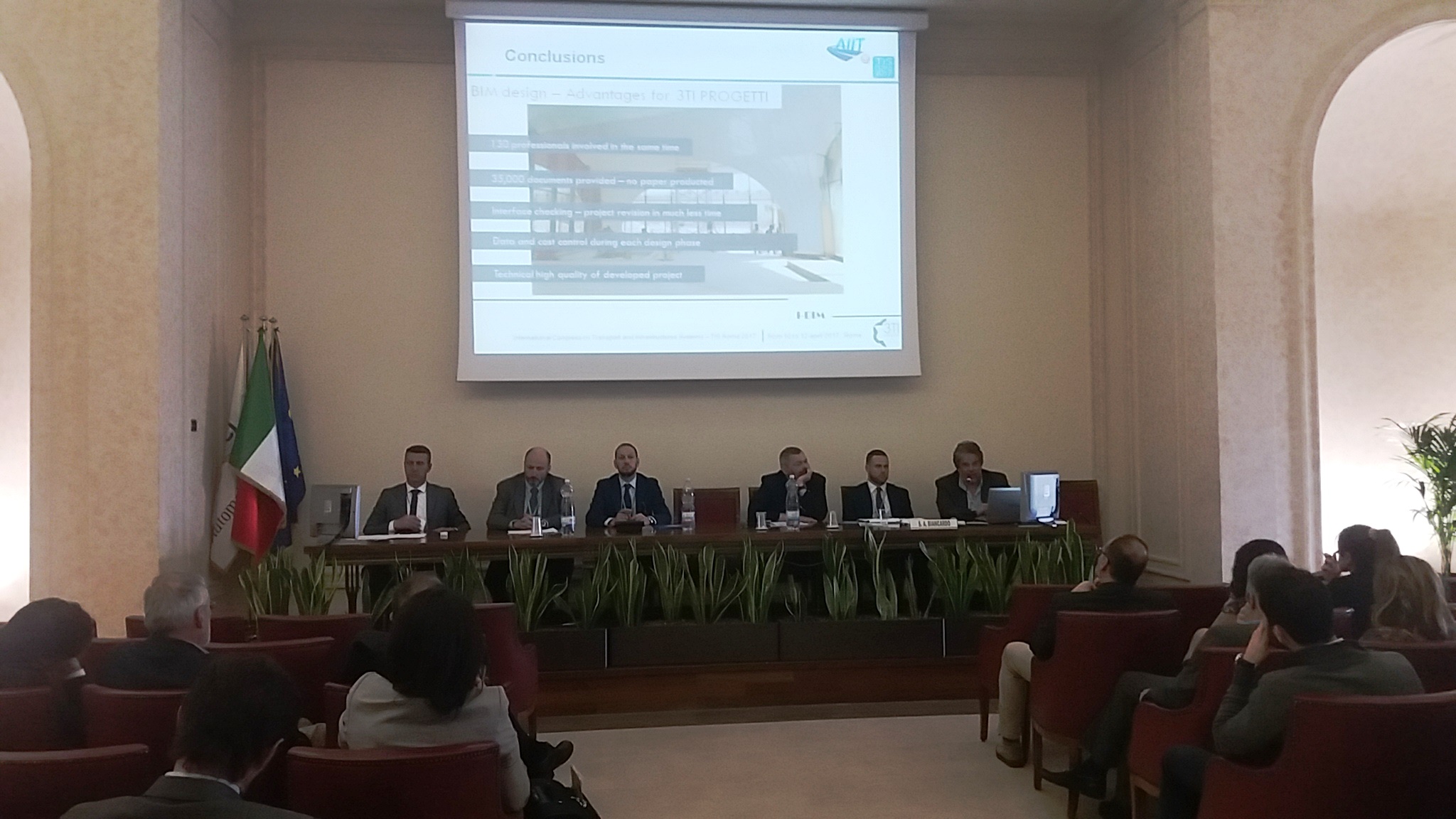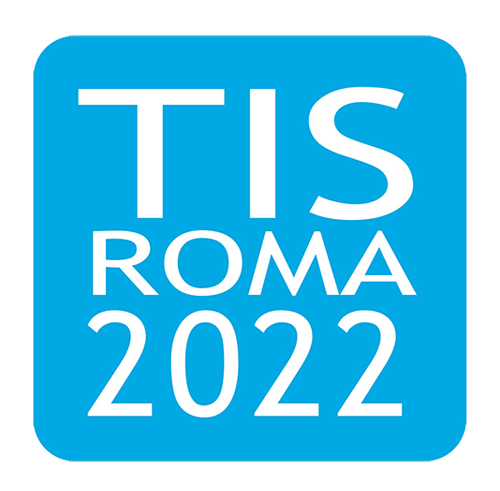TIS 2017
Session 21 – I-BIM Infrastructure Building Information Modeling

The Building Information Modeling applied to infrastructures represents the undiscussed new frontier for infrastructure design. The 21st session of the TIS congress was entirely dedicated to the application of the most innovative design methods, focusing on significant projects and experiences as the Doha Metro, airport and railway design applications.
Gaetano Bosurgi, Orazio Pellegrino and Giuseppe Sollazzo – A PSO Algorithm for Designing 3D Highway Alignments Adopting Polynomial Solutions / This research propose a method for designing improved 3D highway alignments using a specific optimization algorithm, based on a Swarm Intelligence technique, adopting an innovative polynomial transition curve as the unique horizontal curvature element, called PPC (Polynomial Parametric Curve). This geometric solution assures higher levels of comforts for users than the traditional ones (clothoid – circular curve – clothoid), because the PPC shows more gradual trends of the main dynamic variables involved while driving, and defines each whole curve through a unique element, simplifying the design procedure.
Alfredo Ingletti, Maria Scala and Laura Chiacchiari – BIM experience in infrastructural large projects: Doha Metro – Al Jadeda Station al Matar B case study/ This research discusses the importance of BIM technology in Civil Engineering and Architectural sectors, as an important mean for the time optimization compared to the traditional approach and the reduction of costs, thanks to the prevision and the resolution of the issues, during the planning through the interface checking. As case study have been studied, using BIM technology, the project phases of architectural finishes and MEP works of Al Jadeda Station al Matar B. All project phases, from the analysis of the two-dimensional drawing, through the construction of a 3D model, achieving an high detailed level for every single designed part and the outputs are not simple representations but a set of information.
Dejan Gavran, Sanja Fric, Vladan Ilic, Filip Trpcevski and Stefan Vranjevac – 3D control of obstacles in airport location studies/ To choose the site of a new airport, meteorological and environmental analyses, as well as navigational analyses, are all of the ultimate importance. Especially in mountainous regions, navigational analyses are concentrated on the control of obstacles which is synonym for the analyses of Obstacle Limitation Surfaces. OLS are imaginary surfaces defining the volume of airspace in the vicinity of the airport that should ideally be kept free from obstacles so as to provide for safe aircraft operations. This study is focused on 3D techniques of orienting the runway to minimize the extent of protrusions through the Obstacle Limitation Surfaces.
Luca Bernardini, Michele Leone, Giuseppe Loprencipe and Gabriele Malavasi – Building Information Modeling (BIM): prospects for the development of Railway Infrastructure industry/ In all phases of infrastructure life, the digital representation can facilitate the organizational model that always puts the information content of all railway components at the center of any decision-making process. In this sense, the development of BIM processes for punctual building has now reached a very satisfying level of maturity. However, as regards linear construction, the full application of these BIM processes still remains rather complex considering that the current processes representation in use has achieved an adequate level of development. In this case study, applications have been developed in BIM mode with the aim of highlighting the main potential of this innovative process. Moreover, it includes some proposals for improvements on which it is necessary to concentrate in order to promote the full implementation of the BIM technology for rail infrastructure.
CHAIRMAN: Salvatore Antonio Biancardo





